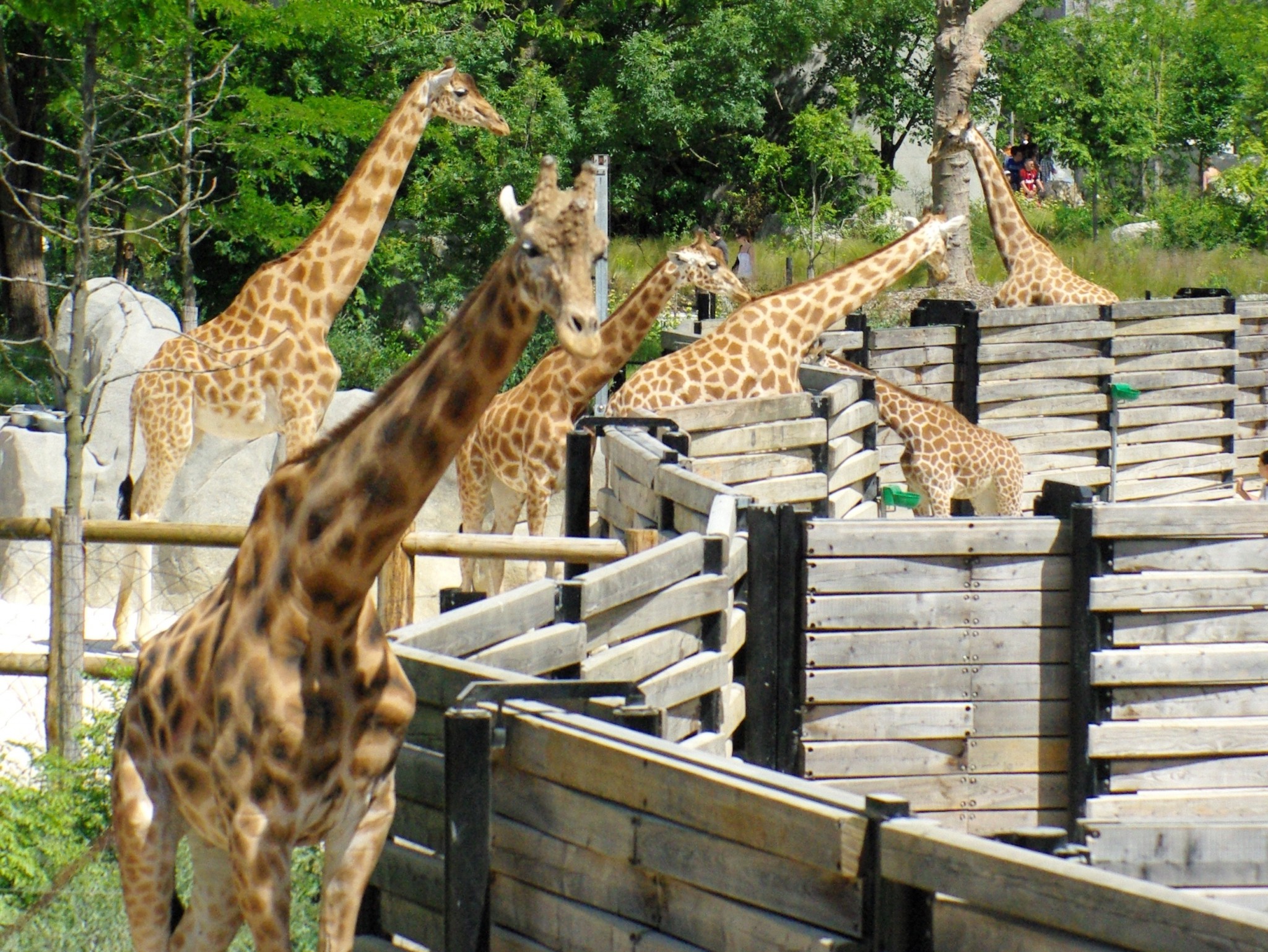The Paris Zoological Park is situated in the 12th arrondissement of Paris. It offers its visitors a journey around the globe where animals cohabit in five major natural environments. Although not France’s largest zoo, the Paris Zoological Park certainly provides an instant change of scenery from the French capital and wishes to raise awareness of the protection of nature.
What is Paris Zoological Park?
The Paris Zoo or Paris Zoological Park covers an area of 14.5 hectares in the woodland of Bois de Vincennes. There is a total of 4.5 km of walkways where visitors can observe more than 1,000 animals cohabiting in this corner of eastern Paris, from lions to giraffes, flamingoes and tropical fish.
The zoo includes 190 species: 42 mammals, 21 reptiles, 15 fish and 74 birds.
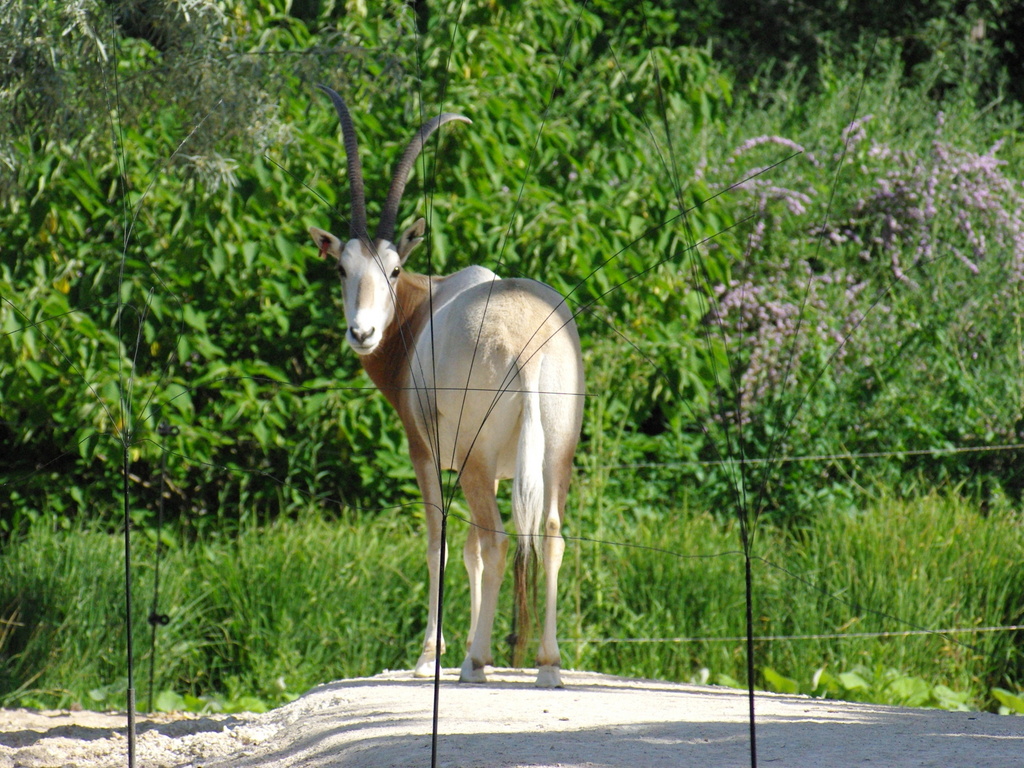
The origins of the Paris Zoo
The Paris zoo initially opened in 1934 and was back then a state-of-the-art facility which drew large crowds of Parisians. The zoo featured elephants, bears, and tigers separated from the public by ha-has, ditches and fences.
After years of underinvestment, the site was by the 1990s far from complying with the modern criteria of a 21st century zoo. The animals’ habitats were too small and public safety was at risk.
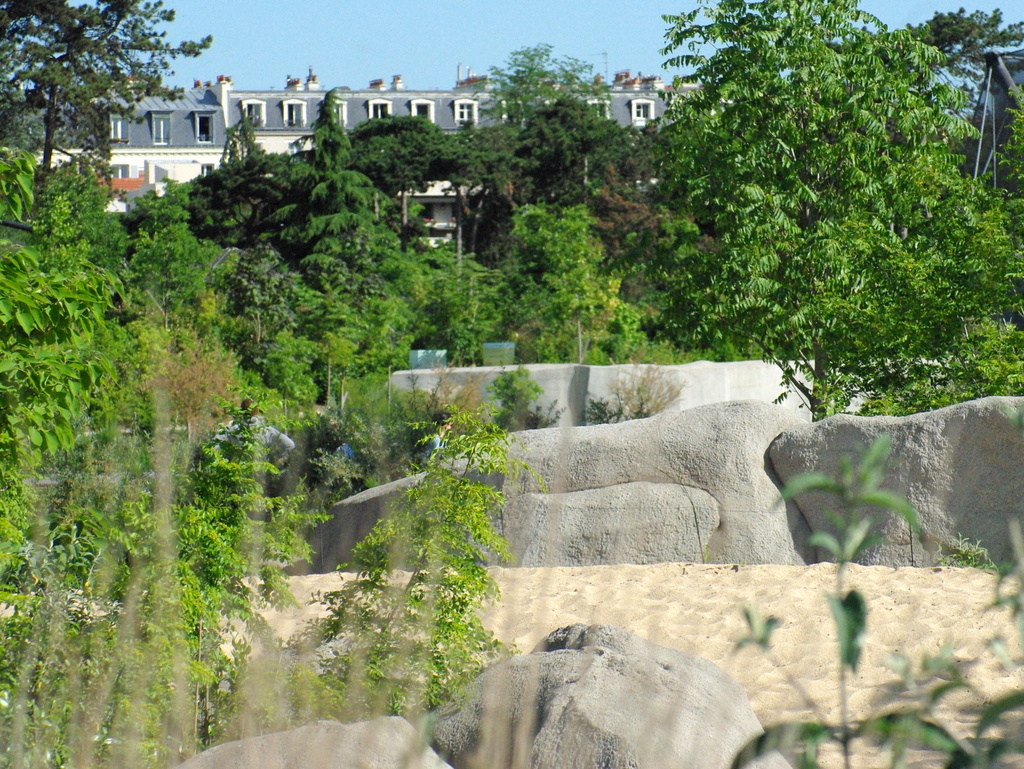
A massive restauration in the 2000s
Consequently, the zoo closed between 2008 and 2014 to undergo a €167 million revamp thanks to a public-private partnership with French industrial group Bouygues. 80 years after its first inauguration, the Paris Zoo reopened to the public in 2014.
In fact the zoo was completely rebuilt on a new concept which was far from having animals exhibited like in some amusement park.
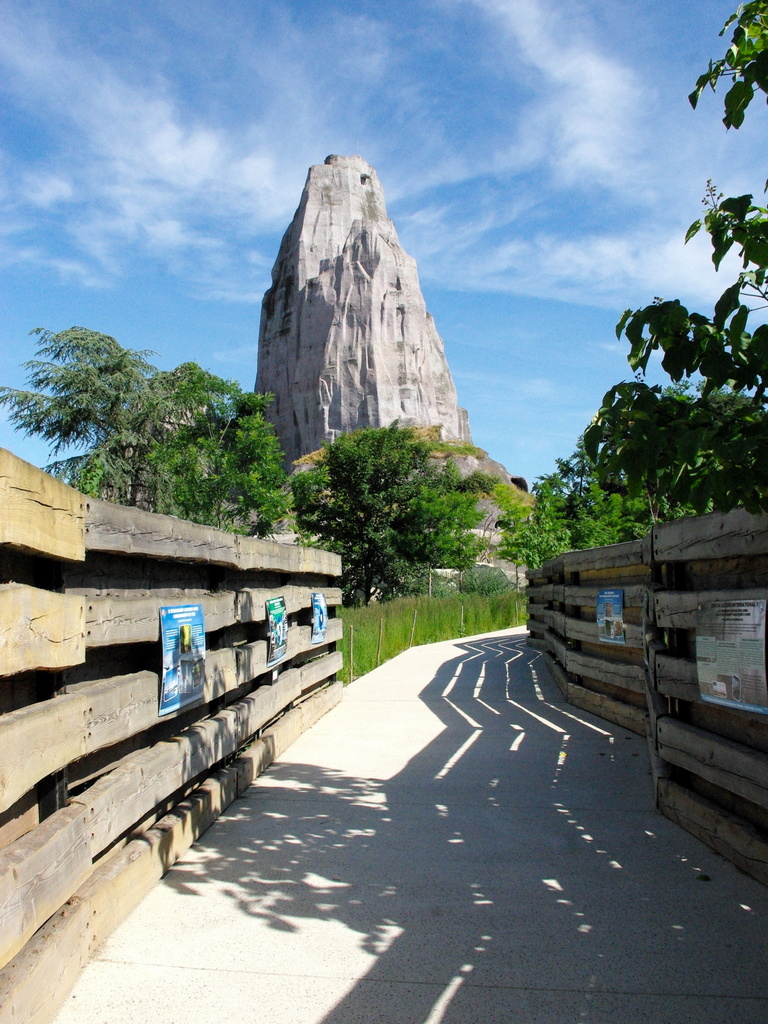
5 Natural Environments for 190 species
Today the zoo is organised into five major natural environments (called biozones). Everything was designed as to recreate the most natural habitat possible for the 190 species.
Along the pathways, a series of instructive panels indicate which species are endangered and why. Some of them can be found throughout the park inside exploration pavilions with video screens and interactive displays.
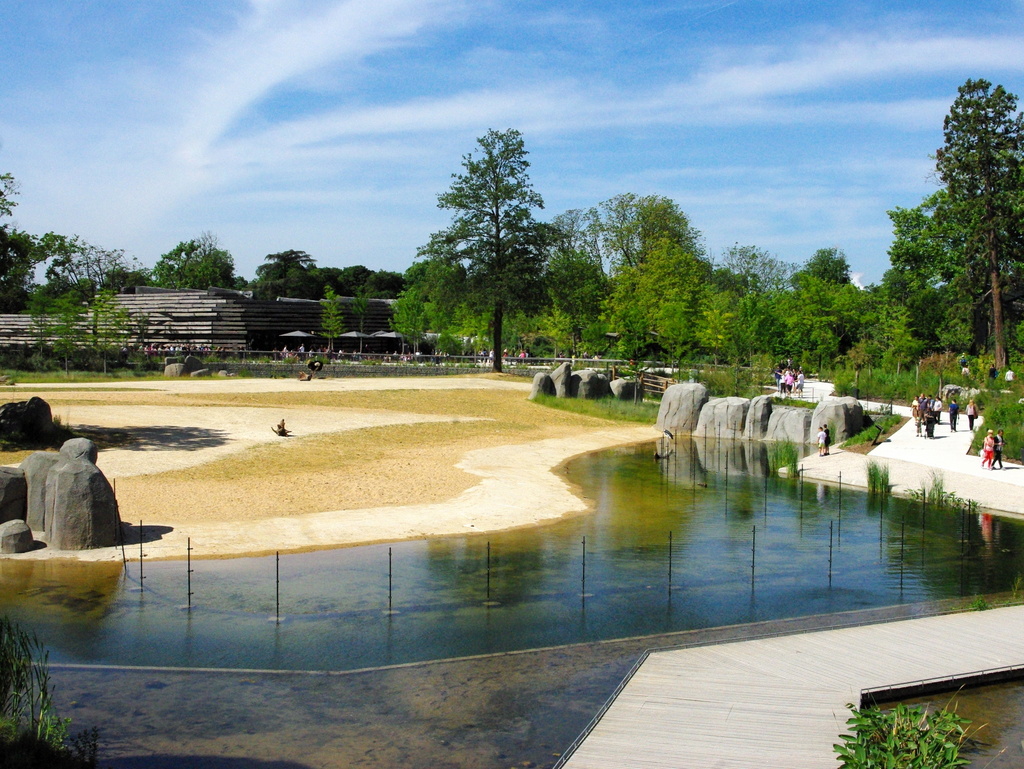
Facilities
There are a number of facilities made available to the visitors: restaurants, picnic areas, water fountains, restrooms and a bookshop.
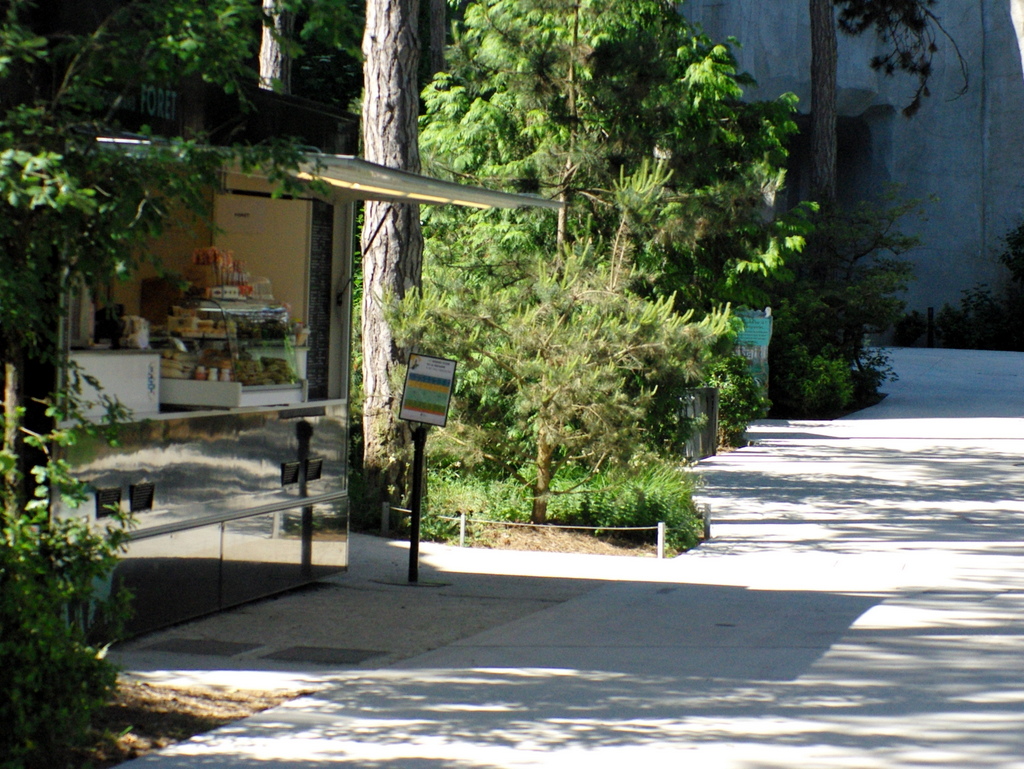
In addition the park includes a 25 m high glasshouse of 4,000 m2 which contains a tropical rainforest and two biozones (Madagascar and Guyana).
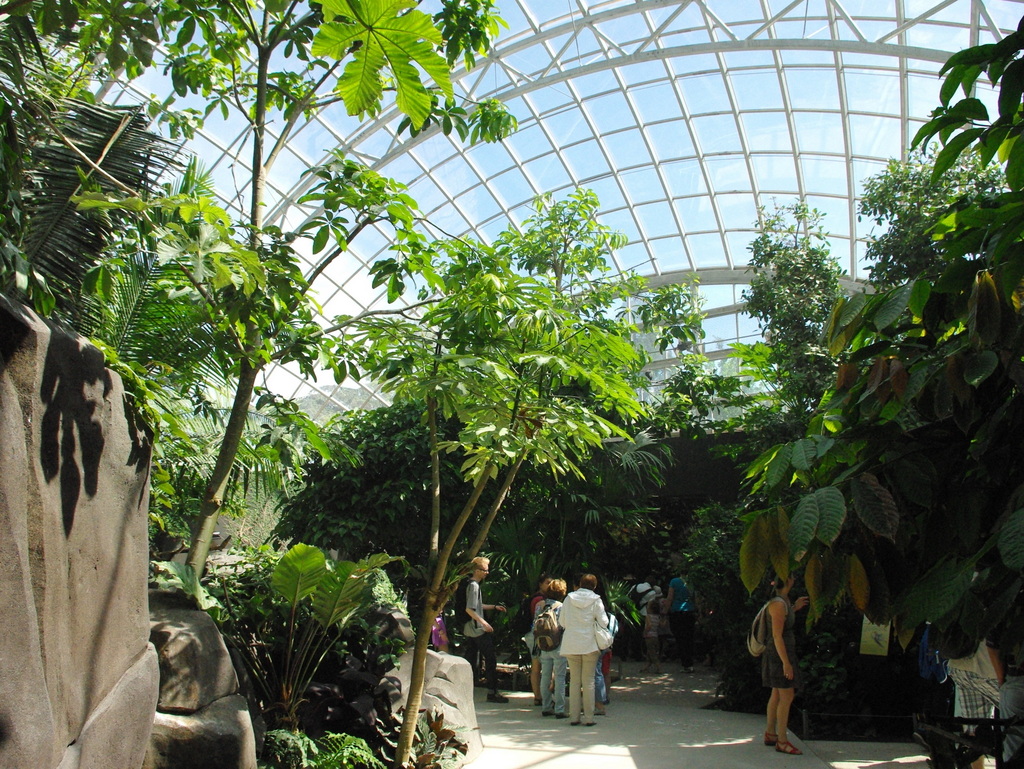
The National Museum of National History (MNHN) operated the Paris Zoo which complements the little zoo of the Ménagerie in the Jardin des Plantes. Furthermore, the MNHN aims to make much of the zoo’s activities in conservation and research. Today, visitors can contribute to the preservation of species by sponsoring an animal.
Get your online tickets to the Paris Zoo!
To see the detailed Map of the Paris Zoo, click on the image below:
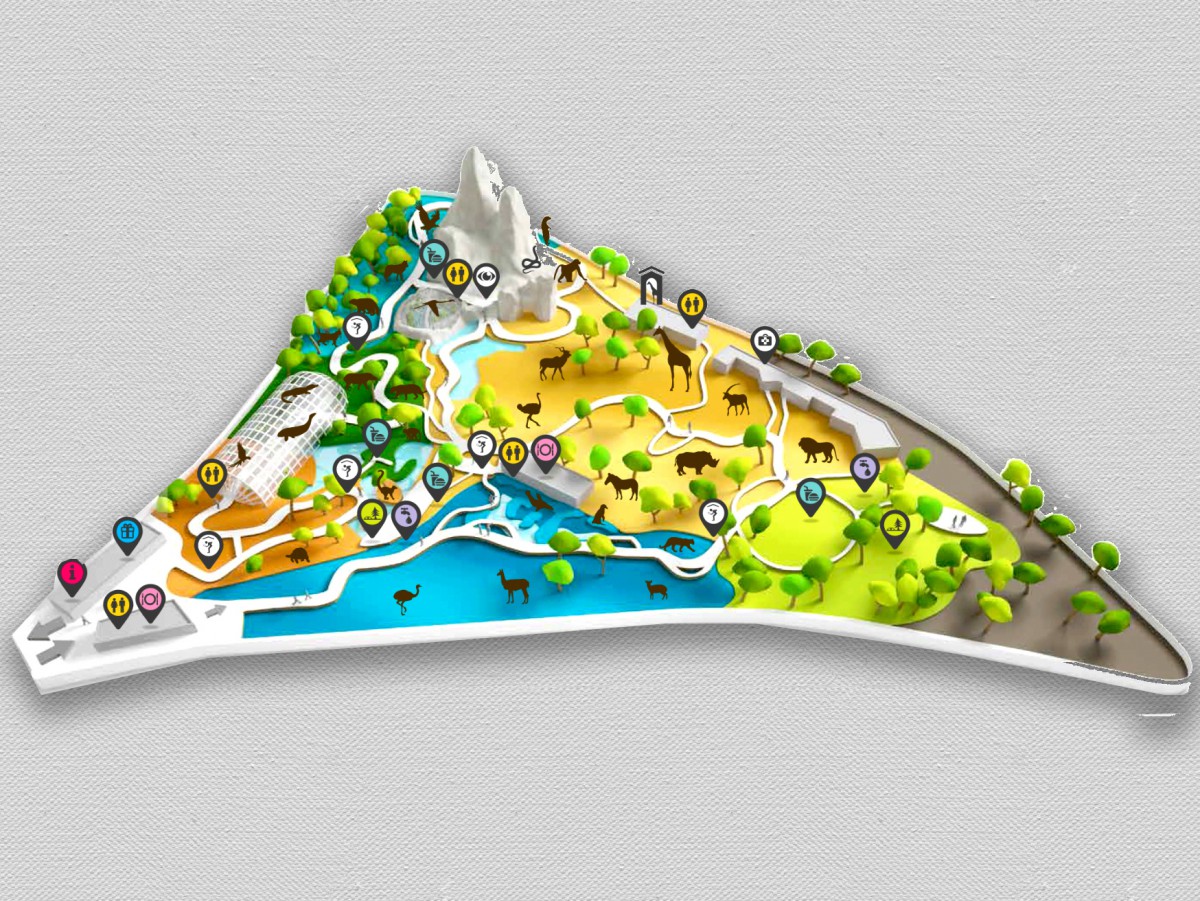
The Biozones of the Paris Zoo
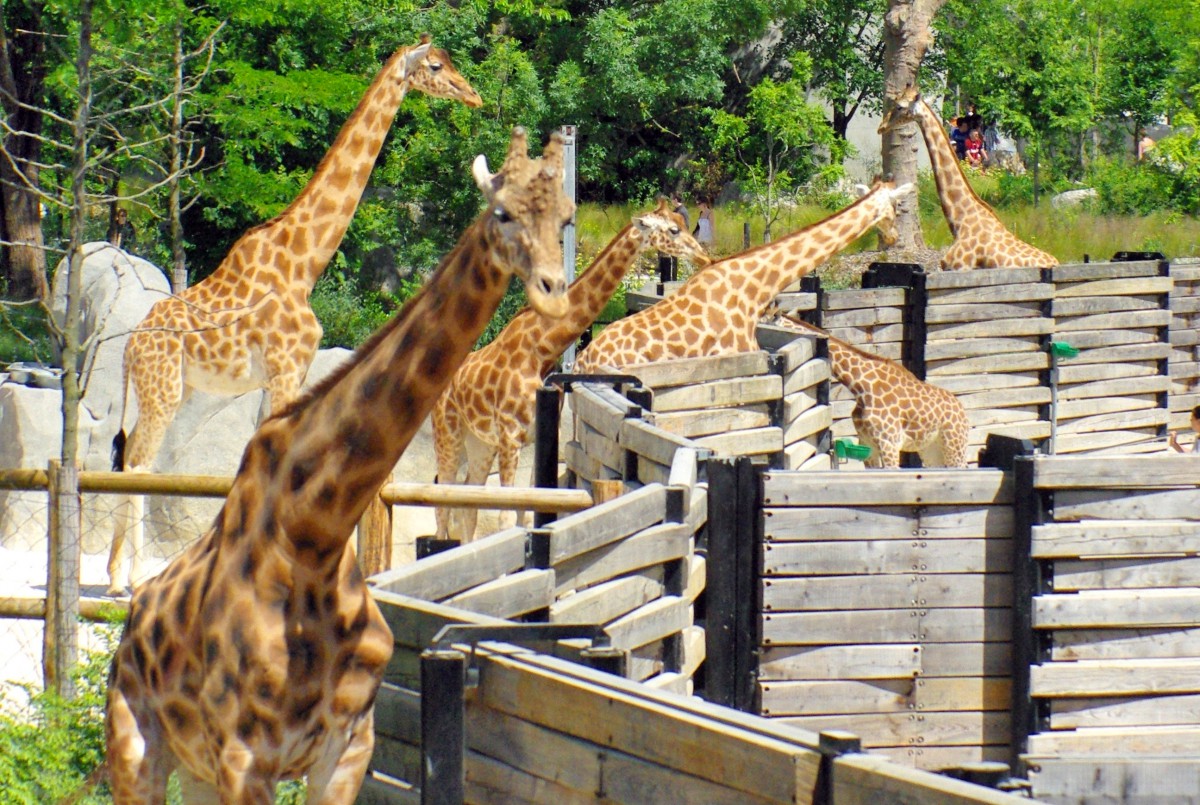
The Paris Zoo is organised into five major natural environments (called biozones) showing biodiversity: Madagascar, Patagonia, Guyana, Europe and Sahel-Sudan.
Madagascar
A tropical forest (9,655 m2) with lemurs, tortoises and free-flying birds. The area shares the great glasshouse with Guyana. Total of 30 species.
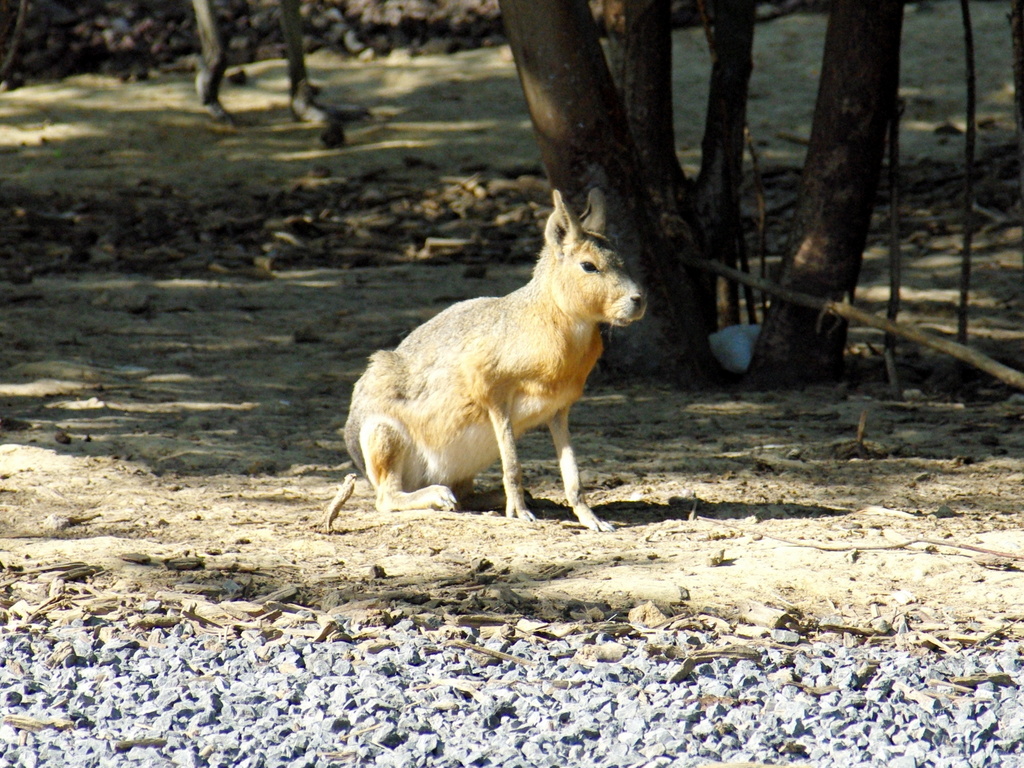
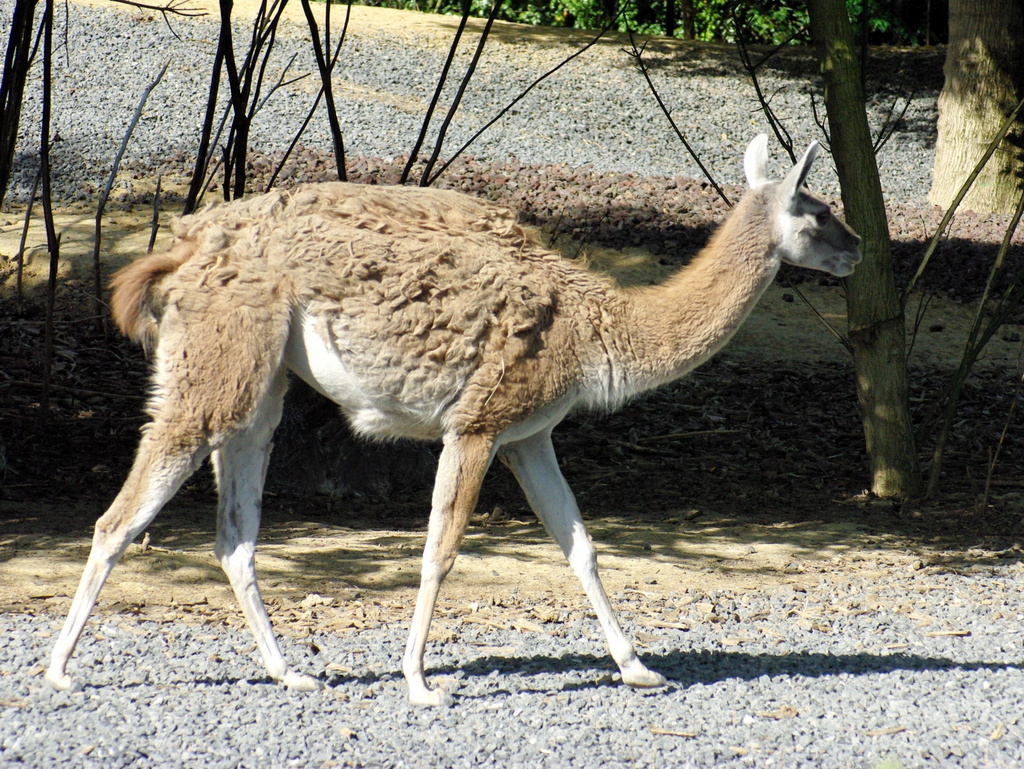
Patagonia
Pampa, rocky shores and Andean forest (16,570 m2) with sea lions, penguins, guanacos, cougars, pudús and greater rheas. Total of 7 species.
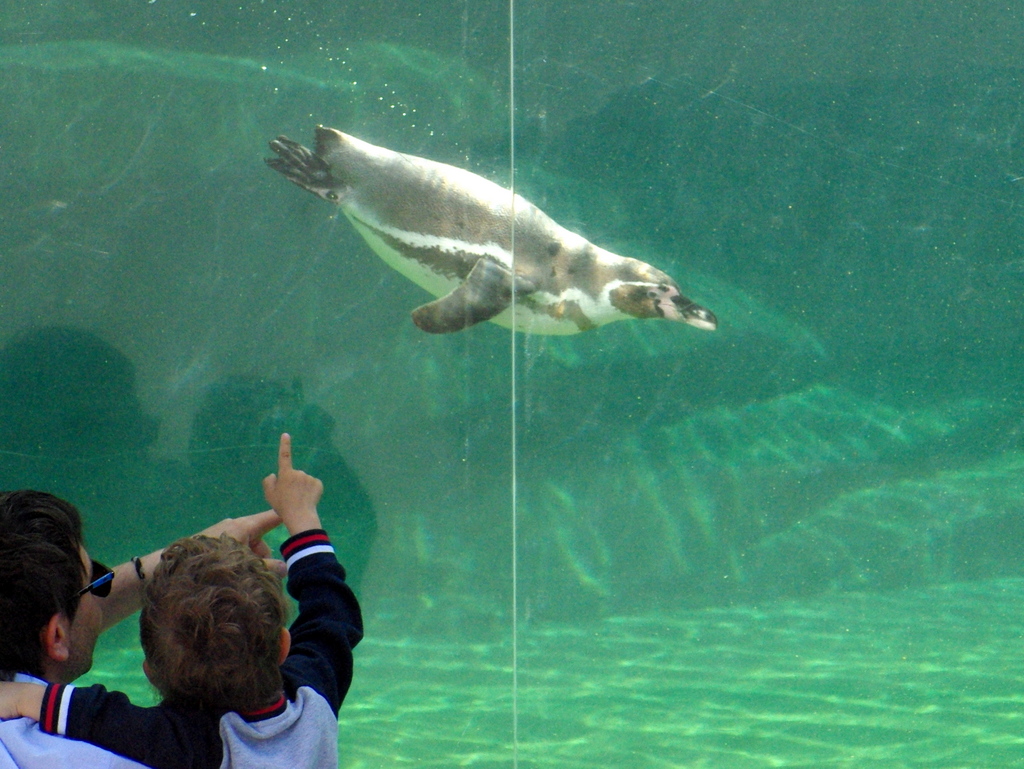
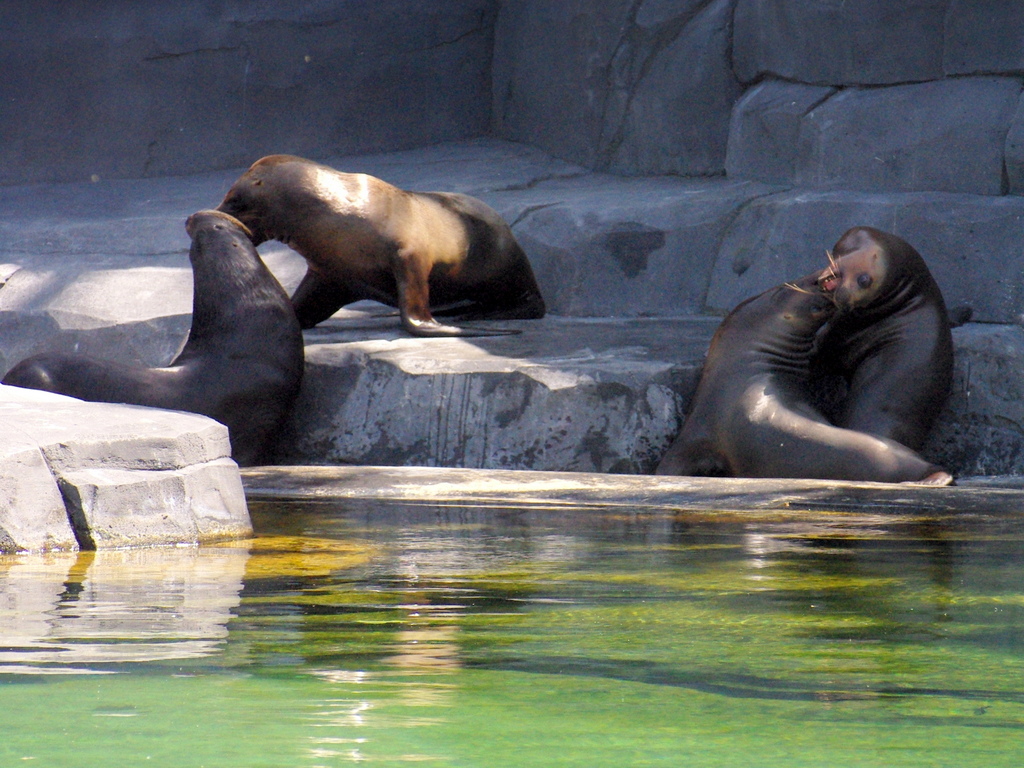
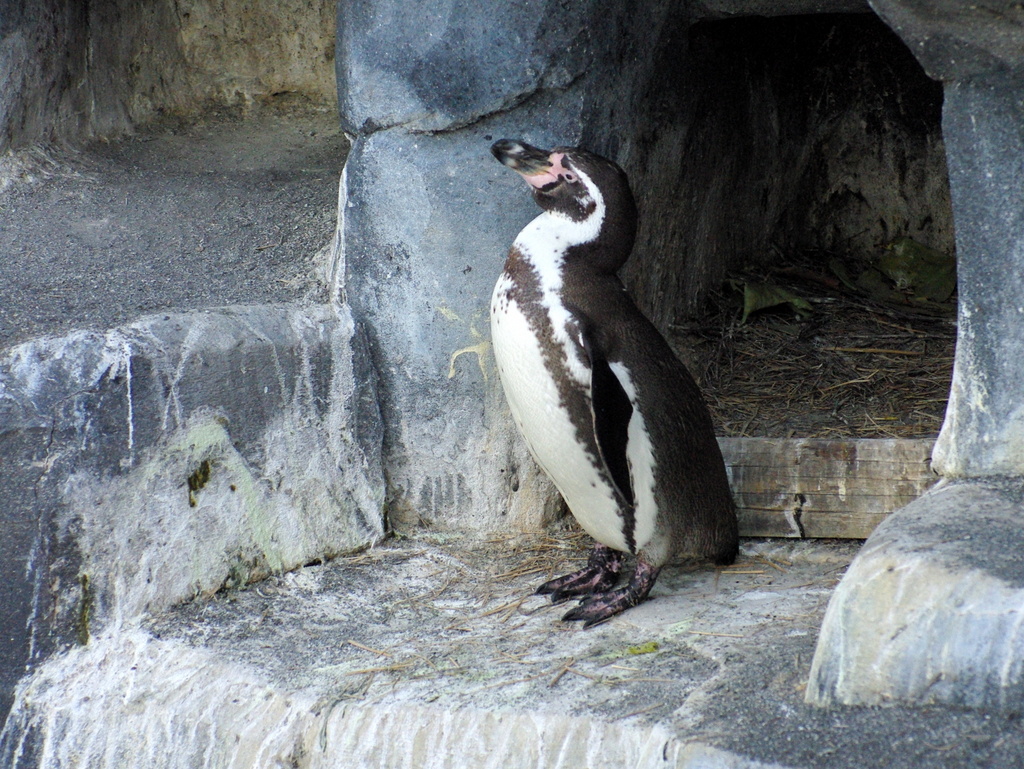
Sahel-Sudan
A savannah and a delta (42,215 m2) with zebras, rhinoceros, lions, ostriches, oryx, kudus, and baboons. It includes giraffes and their house as well as a large aviary. Total of 44 species.
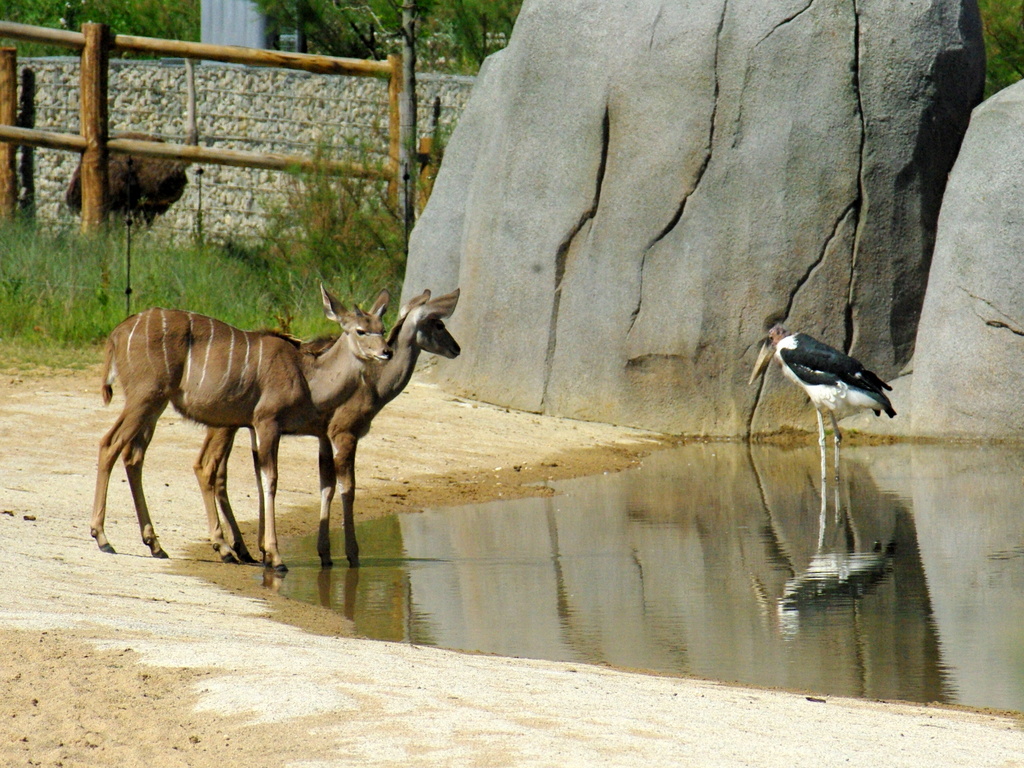
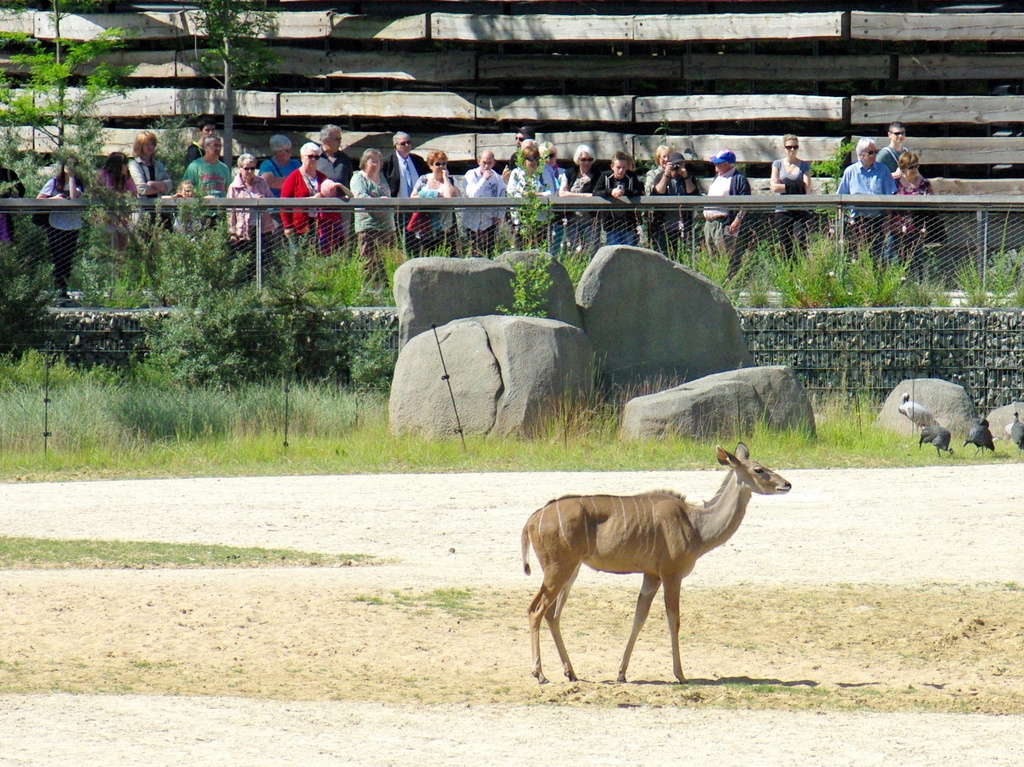

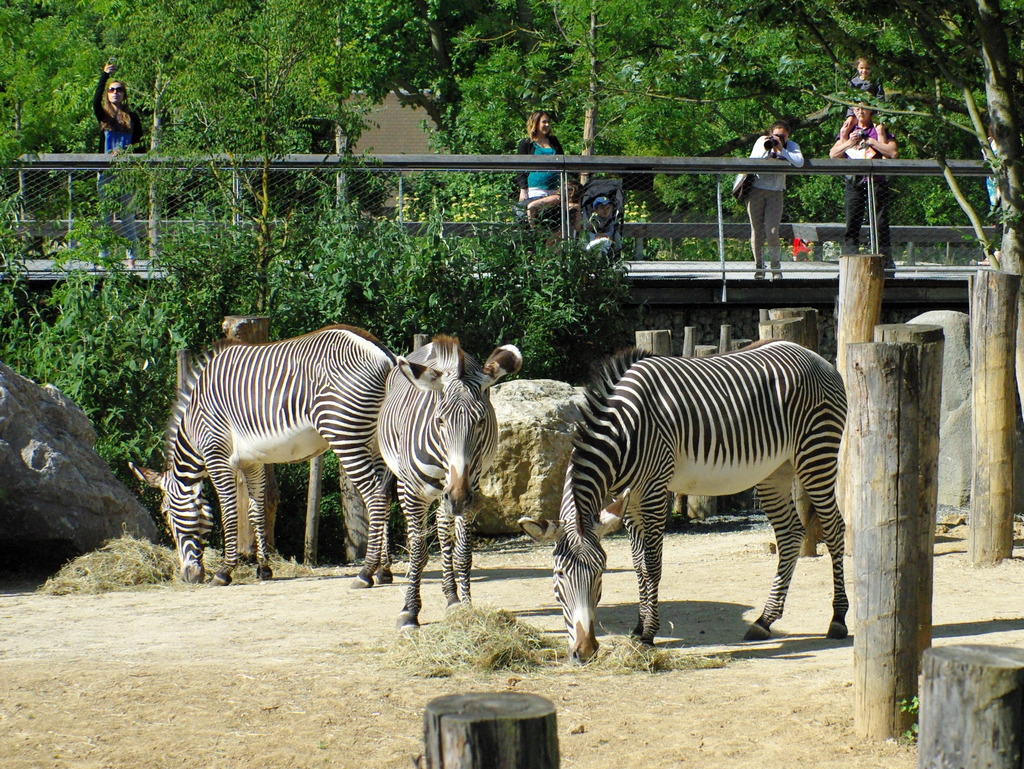
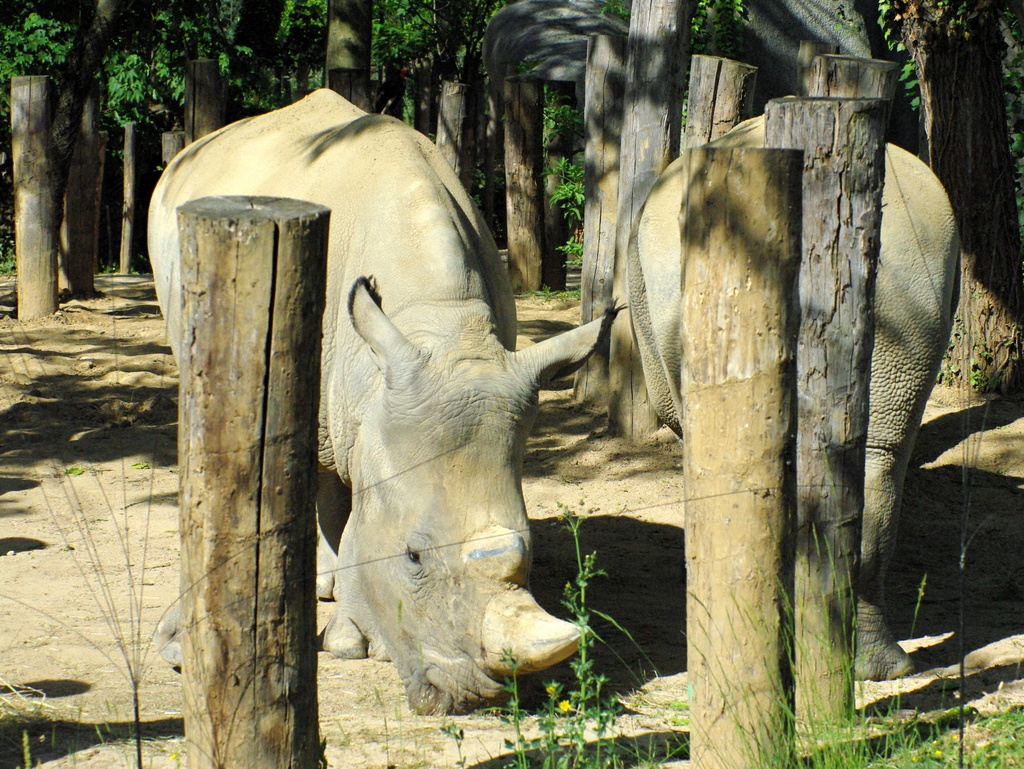
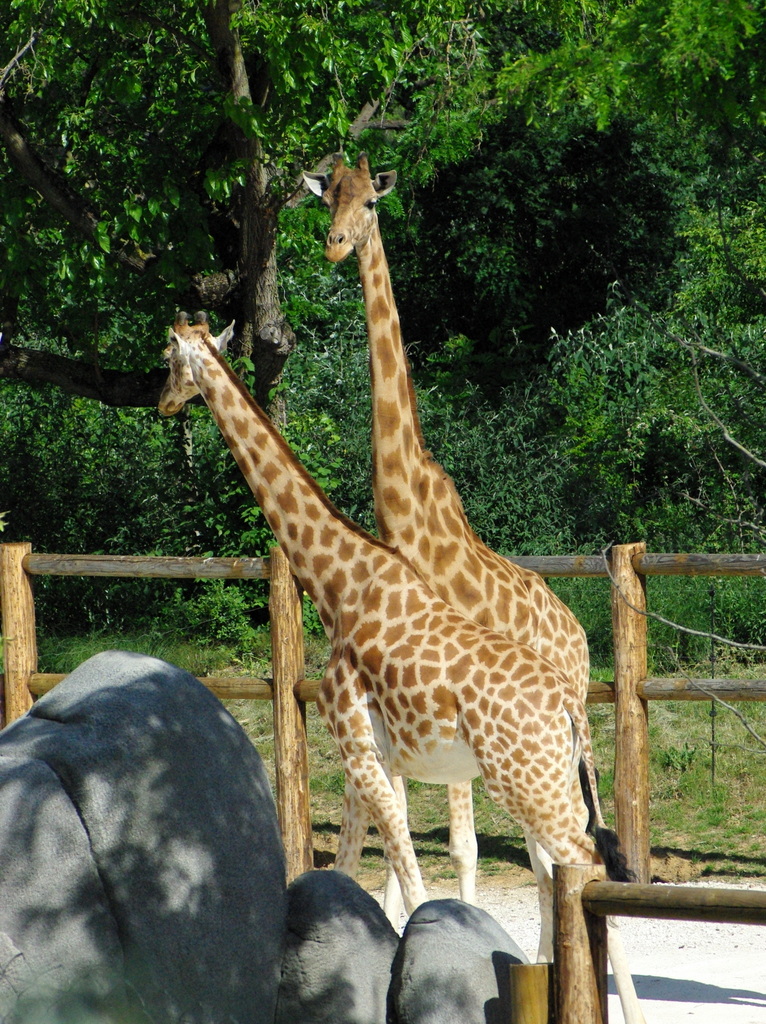
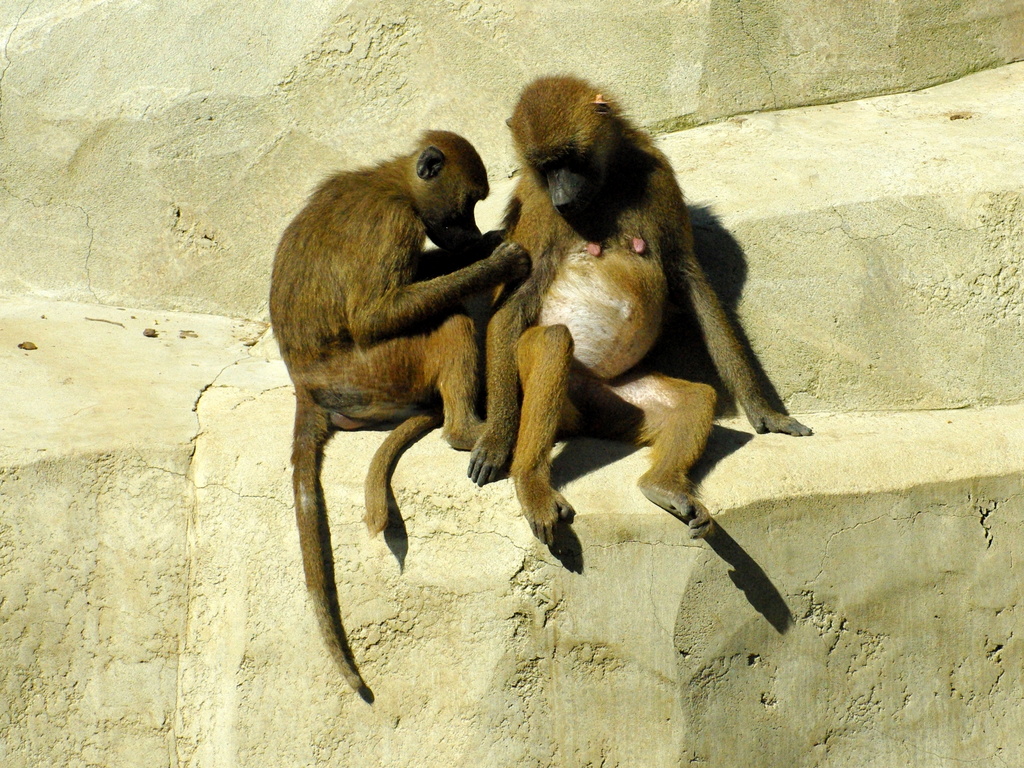
Europe
A conifer forest, swamp, garrigue, and alpine mountain (10,800 m2) with vultures, wolves, wolverines, lynx, otters. The area includes a vivarium. Total of 28 species.
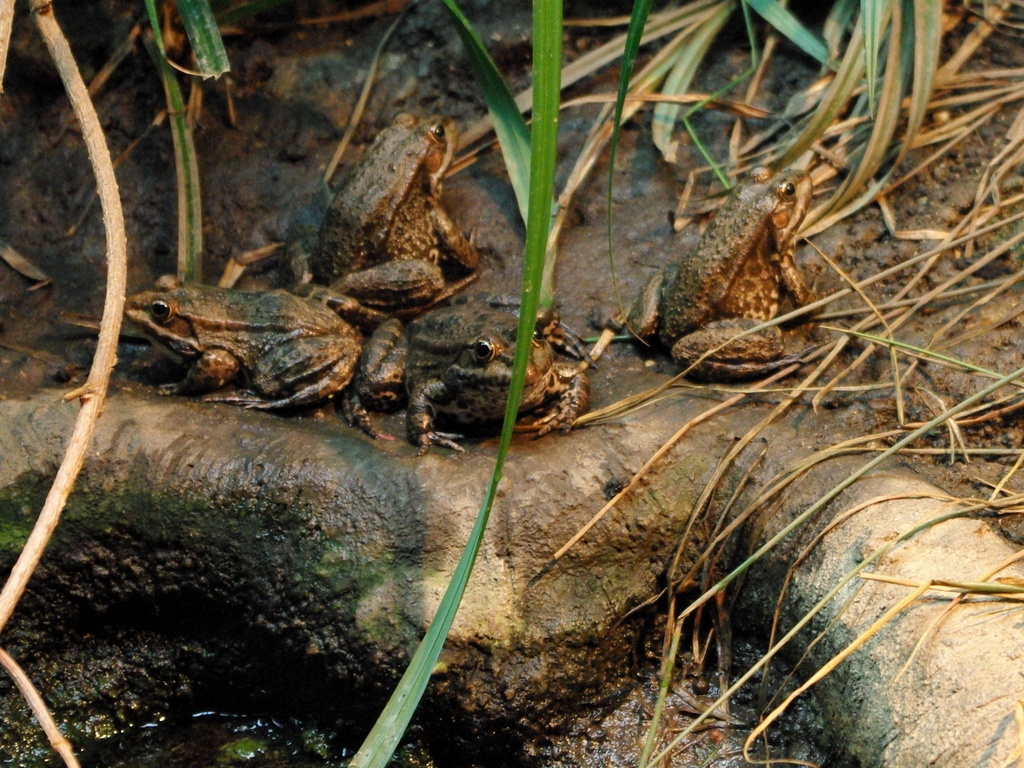
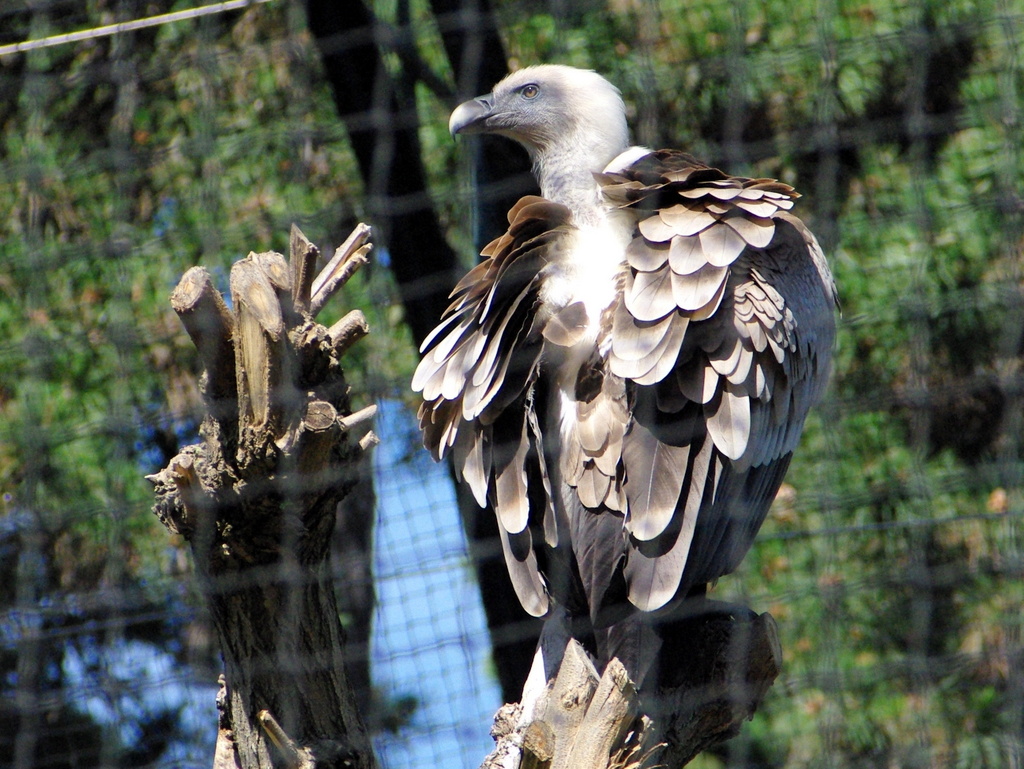
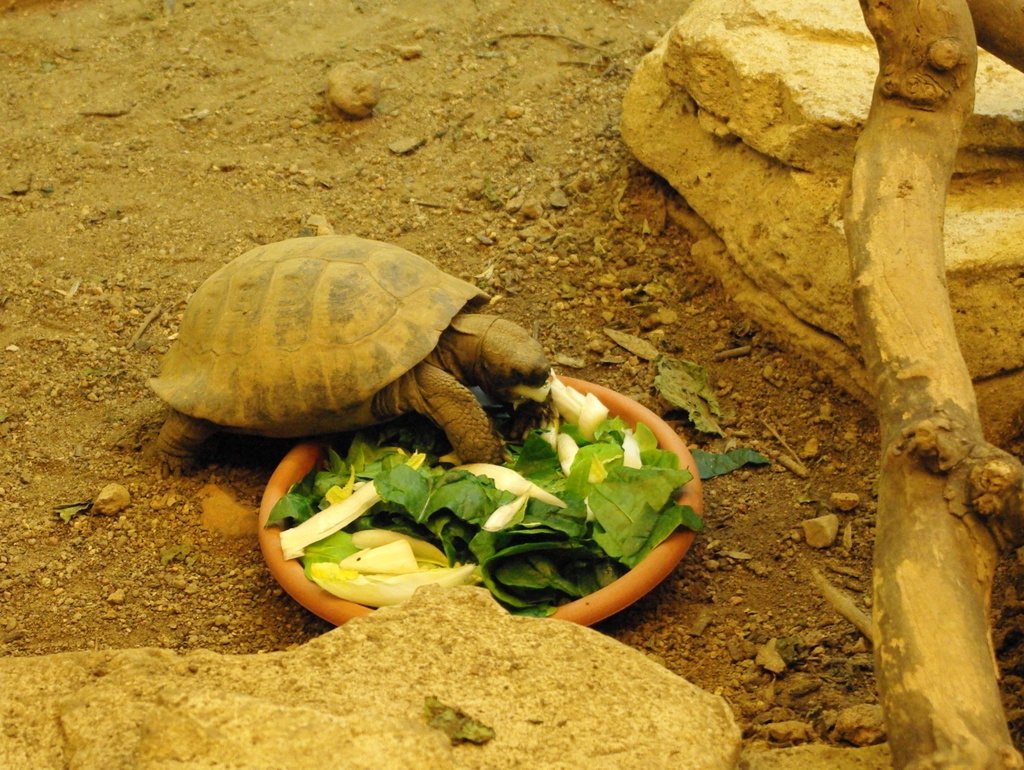

Guyana
An equatorial forest (12,530 m2) with woolly monkeys, jaguars, caimans, manatees and lowland tapirs. The area shares the great glasshouse with Madagascar. Total of 67 species.
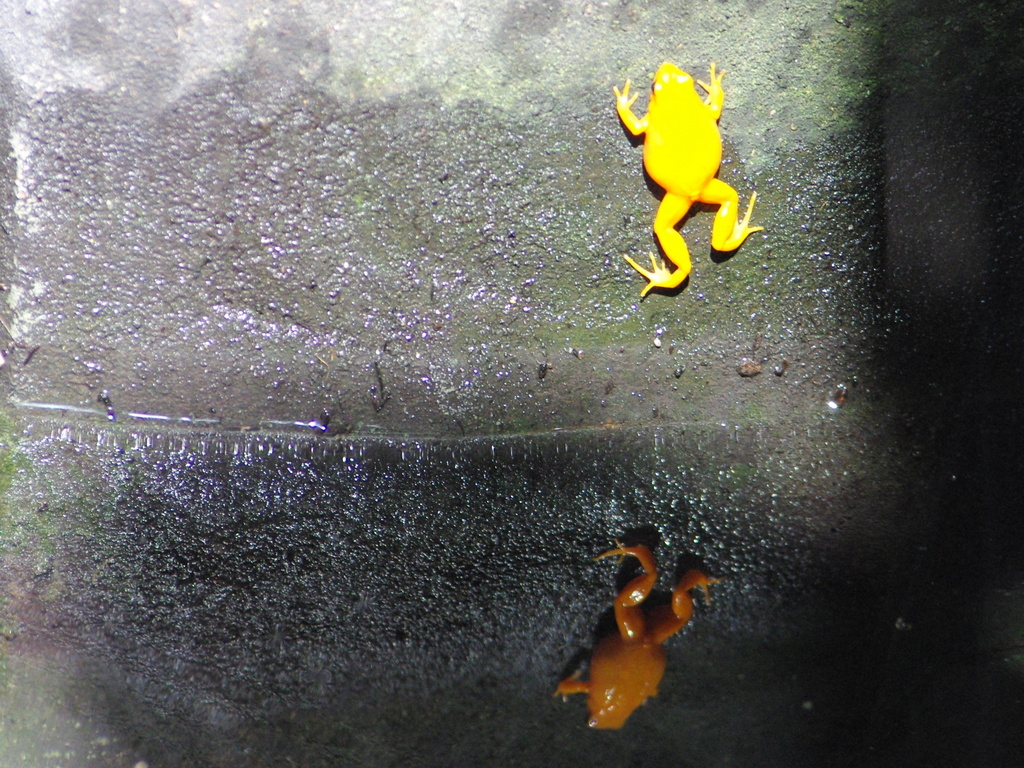
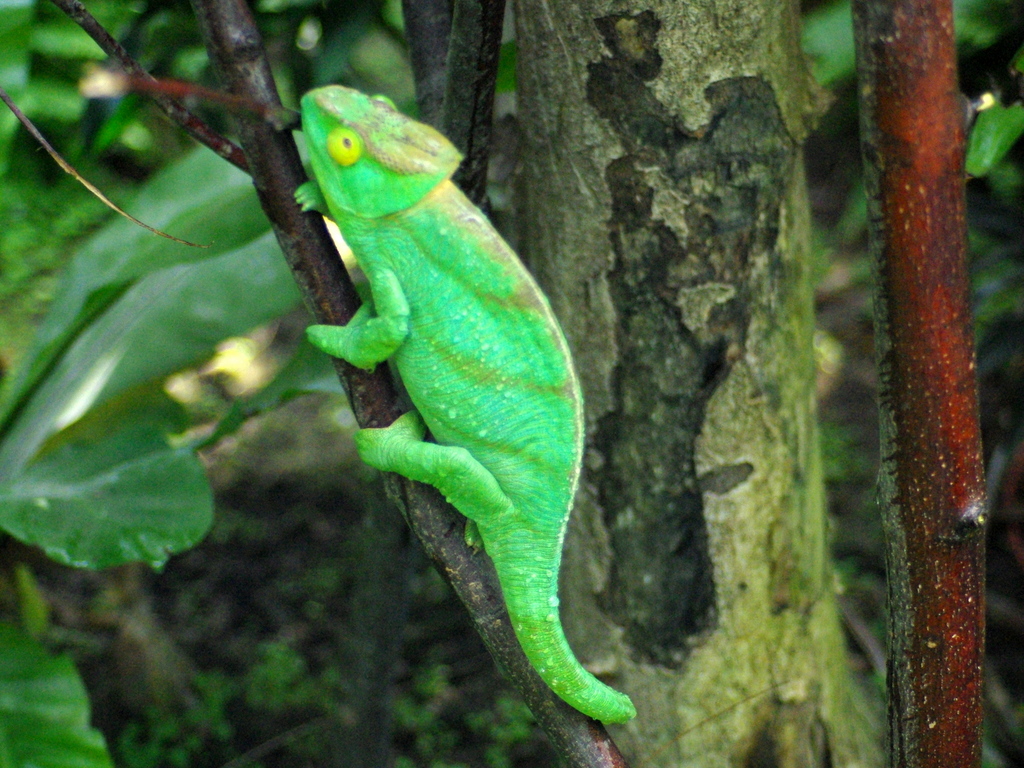
Le Grand Rocher
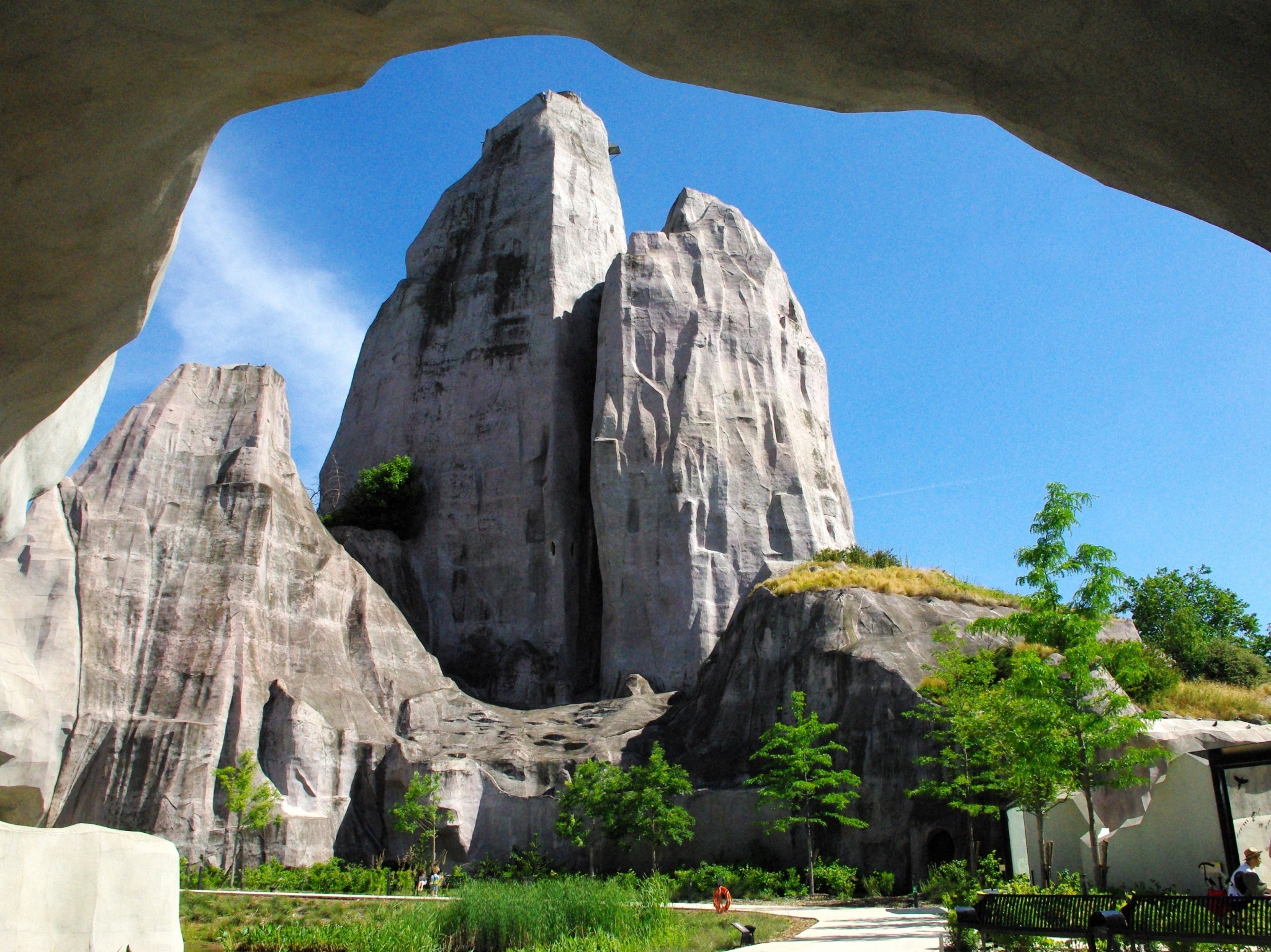
The Paris Zoo features an iconic landmark called ‘le Grand Rocher’. Built between 1932 and 1934, the big rock is 65 metres tall and dominates the zoo and the wood of Vincennes. With the recent renovation, the mock rock adds value to the scenery of the park, either recalling an African mount or an alpine peak. The replicated plains of Sahel-Sudan where the giraffes live are set against the ‘Grand Rocher’, providing a picture-postcard backdrop.
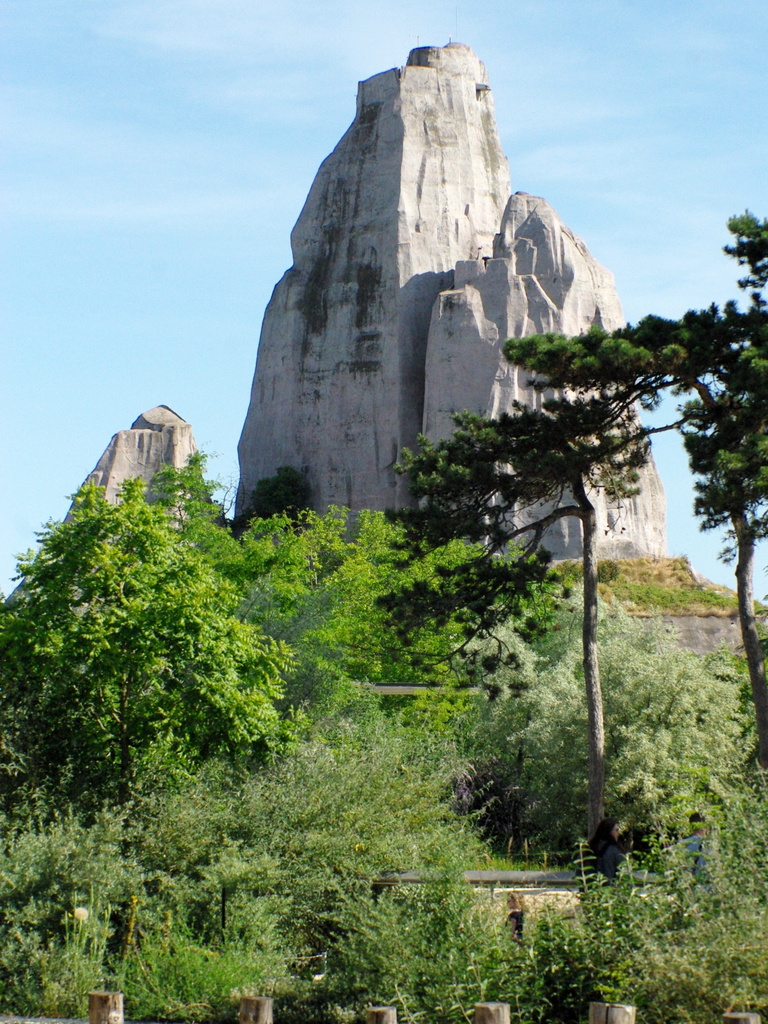
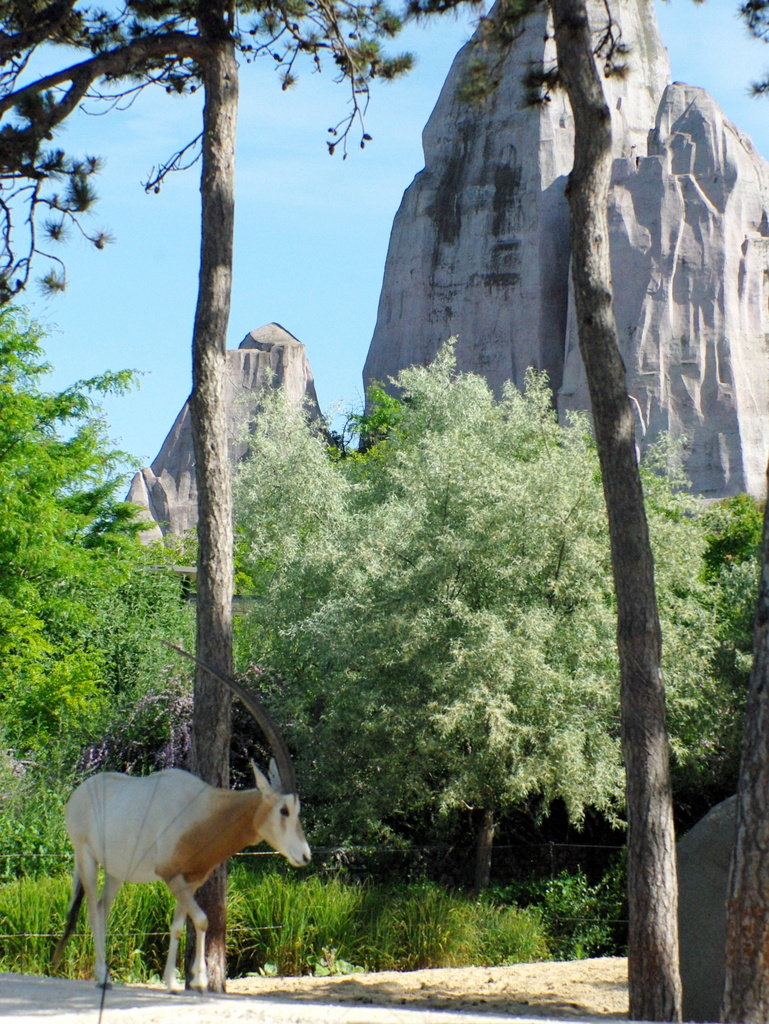
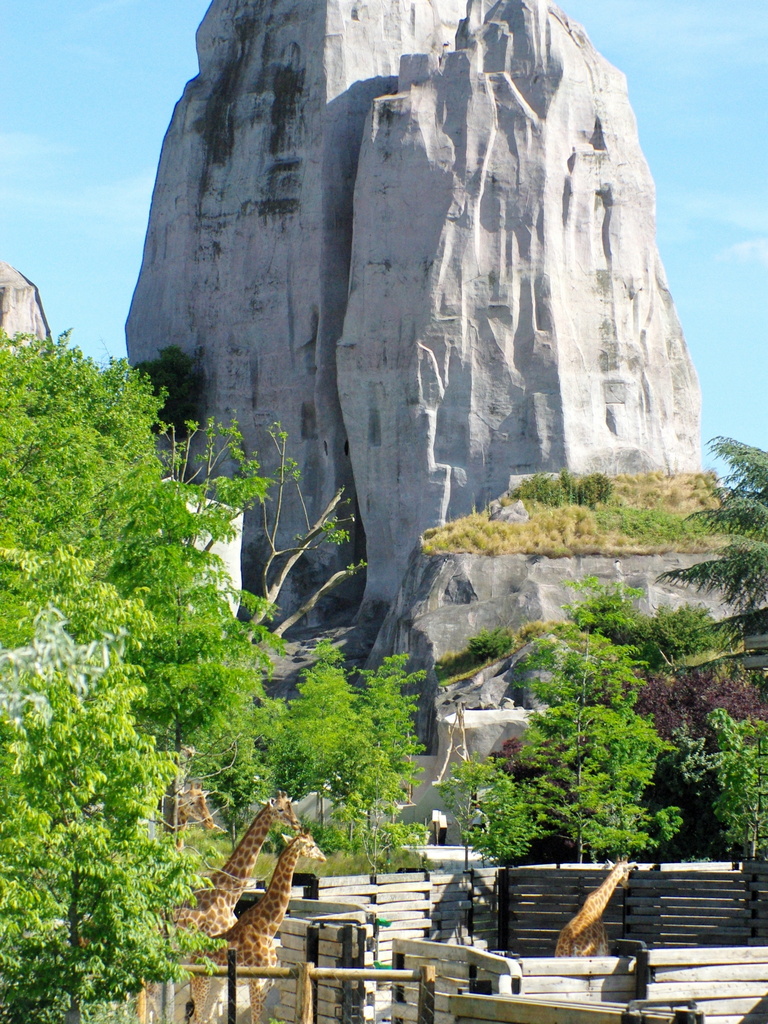
The ‘Grand Rocher’ is visible from various parts of Paris: the Eiffel Tower, Notre-Dame, Sacré-Cœur and Arc de Triomphe.
Get your online tickets to the Paris Zoo!
OPENING HOURS
- The Paris Zoological Park is open all year.
- From mid-October to mid-March: 10 am-5 pm
- From mid-March to mid-October: 9.30 am-6 pm on weekdays, 9.30am-7.30pm on weekends, French school holidays and French public holidays.

